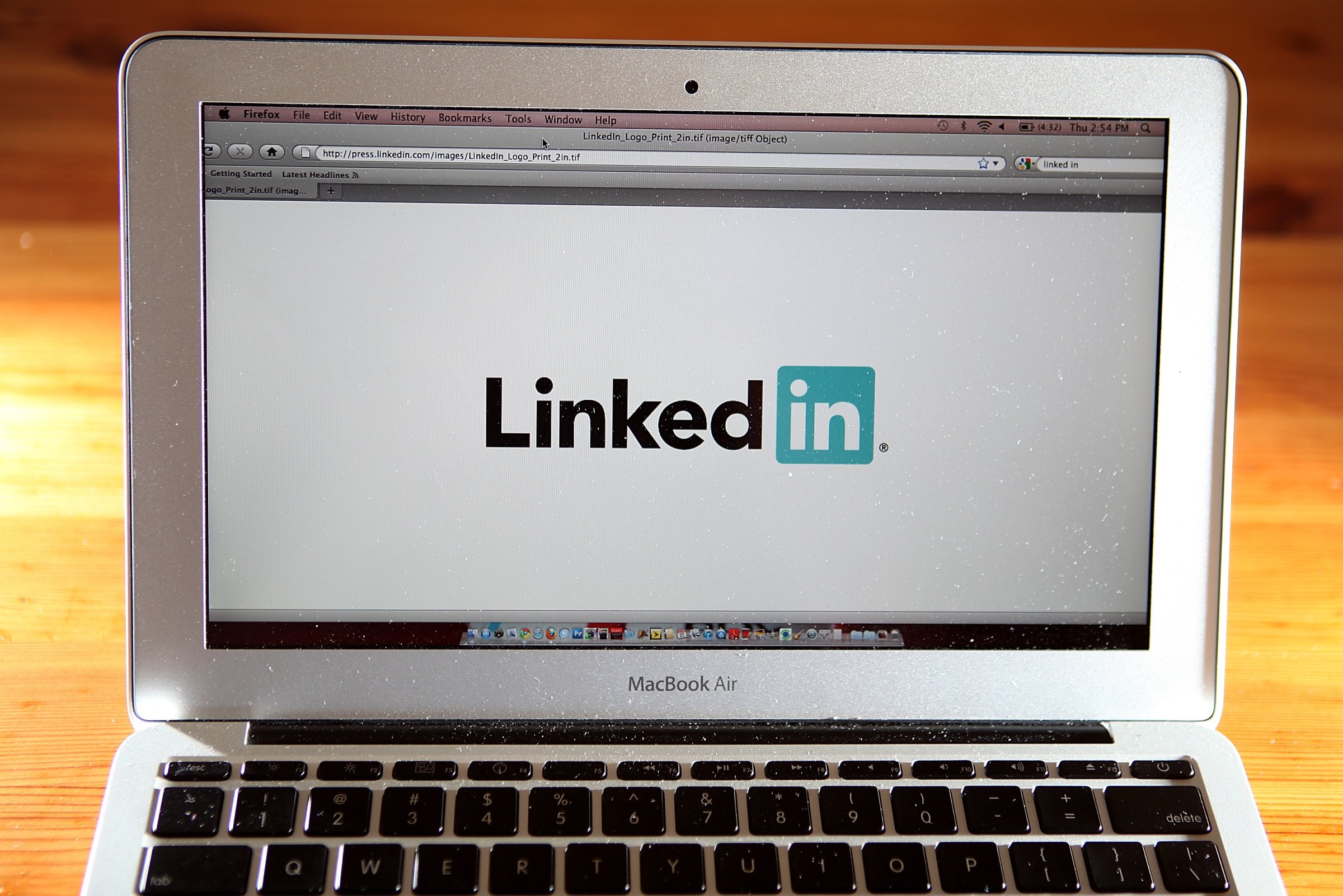
LinkedIn announced Thursday that its sales and earnings in the second quarter had beaten analysts expectations. How did investors react? They sold big-time.
Shares of LinkedIn fell $21, or just over 10%, on Friday to just over $205. That’s the company’s biggest one day stock dive since the end of April, when the shares fell nearly $50 in one day.
What happened? Like many résumé writers, LinkedIn seems to have taken some liberties to make its earnings seem more impressive than they actually were.
First of all, the company’s earnings beat was manufactured — LinkedIn told analysts to lower their expectations at the end of April, so when the earnings came out, they were actually better than the most recent expectations, but lower than what people thought the company would earn a few months ago.
Second, the company said by its metrics it earned $71 million in the second three months of the year. In fact, LinkedIn didn’t actually turn a profit in the second quarter. By generally accepted accounting principals, it lost $68 million. (Companies are allowed to report results using their own adjusted accounting as long as they report GAAP results as well, which is what LinkedIn did.) Still, that loss was less than analysts were expecting.
Third, LinkedIn upped what it may earn in the next year. But a good portion of that profit increase is coming from Lynda.com, an online learning platform that LinkedIn bought earlier this year, and not an improvement in LinkedIn’s core business. And Lynda will be adding more profits than expected not because that business is doing better, but because LinkedIn is completing the acquisition sooner. Take out earnings from Lynda, and projections for LinkedIn’s core business appears to be dropping.
But the biggest problem for the company is the rates it can charge for display ads is dropping. Linkedin said revenue from display ads was down 30% in the quarter. Most of the revenue boost that LinkedIn has gotten recently has come from selling premium services to recruiters and others. But many analysts think that market is basically tapped out for LinkedIn. So that avenue for growth might be over, or at least slowing.
Like many people on its website, LinkedIn seems to be in need of a transition, but it’s still just making connections.
More Must-Reads from TIME
- Donald Trump Is TIME's 2024 Person of the Year
- Why We Chose Trump as Person of the Year
- Is Intermittent Fasting Good or Bad for You?
- The 100 Must-Read Books of 2024
- The 20 Best Christmas TV Episodes
- Column: If Optimism Feels Ridiculous Now, Try Hope
- The Future of Climate Action Is Trade Policy
- Merle Bombardieri Is Helping People Make the Baby Decision
Contact us at letters@time.com